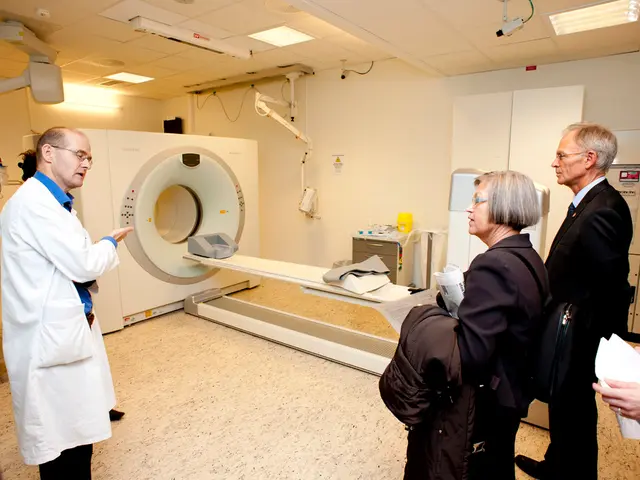Bangladesh reconstructs brick industry, bypassing labor reforms
Closing Brick Kilns in Bangladesh: A Bitter-Sweet Solution for Workers
The Bangladesh government's decision to close many brick kilns in an effort to reduce air pollution could have severe repercussions for the million low-income workers who depend on these seasonal jobs for their livelihoods.
The work, often dusty and dangerous, is a source of vital income for many migrant workers who flock to the kilns during the dry season. However, the work conditions are far from ideal, with workers suffering from serious respiratory problems due to hazardous gasses and particulates emitted during coal burning.
As the government plans to close about 3,500 brick kilns lacking legal approval, workers fear they may be sent back to their far-flung fields, where alternatives are scarce. The government is promoting alternatives such as concrete blocks, but the shift could create fewer jobs, albeit with better safety standards and more automation.
The current reforms focus on environmental benefits but provide little help or transition support to the vulnerable brick kiln workers, leaving them economically vulnerable. Without replacements, workers may be forced back into low-paid agricultural labor or unstable informal jobs.
The sectoral reforms initiated by the government and development organizations primarily focus on technological upgrades to cut pollution and reduce energy use. However, more attention needs to be paid to the socio-economic impacts of these changes on the workers, many of whom are extremely poor.
Shafiqul Alam, an expert on the issue, suggests that cleaner kilns and block factories could offer decent, high-quality jobs to a section of the workers. However, the rest should get training and support to move to other sectors.
The workforce in these kilns is estimated to be approximately a million people. Many of them are landless peasants who come to the kilns for extra income during the dry season. Some workers are given high-interest loans by contractors, preventing them from claiming the minimum wage.
The health versus livelihood trade-off is a complex issue. On one hand, phasing out clay brick kilns aims to reduce dangerous air pollution and protect topsoil. On the other hand, the socio-economic impacts on workers, many of whom are extremely poor, are often overlooked.
In conclusion, while closing clay brick kilns in Bangladesh may improve environmental conditions, it risks harming the livelihoods of approximately a million low-income, often migrant workers unless specific support measures and alternative employment opportunities are developed by policymakers.
- The shift to concrete blocks, while promoting better safety standards and more automation, could create fewer jobs, potentially exacerbating the economic vulnerability of the million low-income workers who depend on the brick kilns.
- The current policy and legislation focusing on technological upgrades for environmental benefits overlooks the socio-economic impacts on the workers in the brick kiln industry, many of whom are extremely poor.
- The decision to close brick kilns lacking legal approval could force workers back to their agricultural fields or informal jobs, where alternatives are scarce and wages are low.
- Sustainability goals such as the Sustainable Development Goals (SDG) need to recognize the need for social protection and transition support for vulnerable workers, like those in the brick kiln industry, to avoid worsening their health-and-wellness conditions due to the upheaval caused by sectoral reforms.
- Addressing climate change requires considering its impact on not just the environment but also on people, as reducing carbon emissions through the closure of brick kilns demands attention to the lifestyle and welfare of the workers involved in the process.




